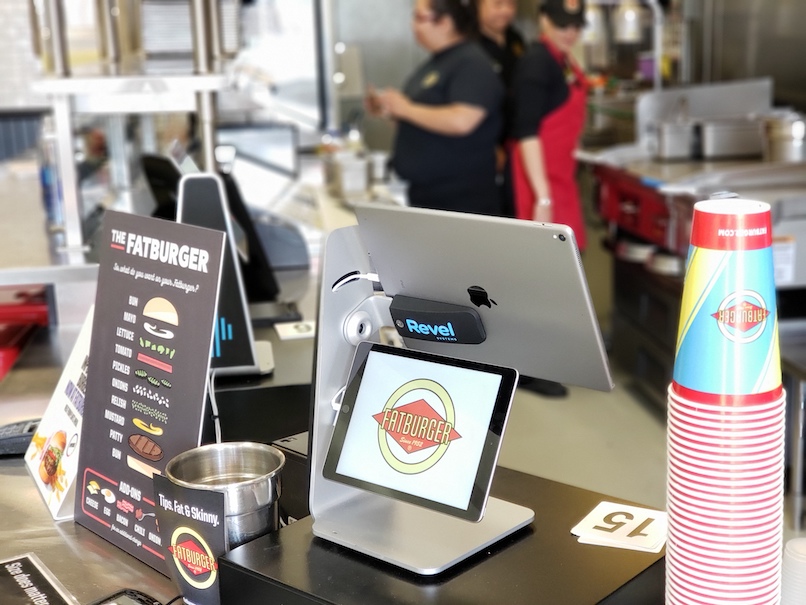Call Sales: +1 (833) 437-3835
Call Sales: +1 (833) 437-3835
Sydney Kida | December 5, 2020 |

So you’ve picked your point of sale. Now what?
This is the first post in a series exploring best practices for common challenges facing enterprise point of sale (POS) solutions, co-authored by Cristal Ghitman, enterprise sales executive at Revel Systems. To begin the series we’re starting with the painful process of change—that is, change management for an enterprise point of sale.
We’ll start with a scenario. Let’s say you’ve been tasked with spearheading the selection of a new POS, a long and arduous process often driven by factors outside your control. Changes in the industry, advancements in technology, phased out hardware or costly upgrades, evolving consumer behaviors, or even a global pandemic… the list of uncontrollable influences is lengthy. Eventually your current solution doesn’t work out, and it’s time to find something new.
Finally, your search lands you with new technology after months of painstaking evaluation and testing. You’ve had buy-in across all of your organizations, validated partnerships, asked for development, and vetted out with all areas of your brand including operations, HR, and finance. You have determined that the new solution will emulate the processes you cannot change and value within your organization. You have agreed on the things your new technology can do to better your brand.
But now you’re realizing selection may have been the simple part of this undertaking. No matter how perfect the solution is or how thoroughly you have vetted it out, the real test remains to be seen in your stores operating every day. The success of your selection hinges on your employees across the organization and how their use of the new platform translates to customer experience and revenue.
It’s rubber hits the road time, where the true unsung heroes of technology change come in and start doing the dirty work. Implementation folks. The dream-to-reality team that makes it all happen. And no matter how ideal your solution may be, or how carefully you have thought through the change, this is where the real magic happens.
While implementation is a known, magical piece of the enterprise change management process, there are definitely some lingering questions we need to address about it:
There are so many things that can go wrong: Complicated installation processes. Poorly managed projects. Teams that lack infrastructure and leadership. The list is lengthy.
As acknowledged in the introduction of this post, this is the first of a short series that will dive deeper into the key factors to consider when choosing your point of sale and actually seeing it come to life in your business. We’ll start with a major factor: project management.
According to Craig Crawford, director of implementation at Revel Systems, the number one thing you can do to improve change management for an enterprise point of sale (or any major systems change, for that matter), is bring in project management early and often.
“Sometimes a deal gets sold and the ball gets tossed over the fence, but the team on the other side doesn’t even know what sport we are playing yet,” Craig says. There are a multitude of approaches and scenarios around change management. It’s important to start building trust with the team you’re engaging with from the beginning. This is the team that will ultimately get the work done, for better or for worse.
Changing your POS will always be a painstaking process. It will take months of careful evaluating, planning, selection, and preparation. While we’ve scratched the surface in this blog post on the many factors that impact a change of this magnitude, you’re invited to stay tuned for future posts in this series for even more insight on change management for an enterprise point of sale. We’ll explore factors like key stakeholders, training, ecosystem integrations, and issue management.
In the meantime, see how the team at Focus Brands—a leading developer of iconic, multi-channel foodservice brands—deployed Revel Enterprise® across more than 1,300 Cinnabon, Auntie Anne’s, and Carvel locations.